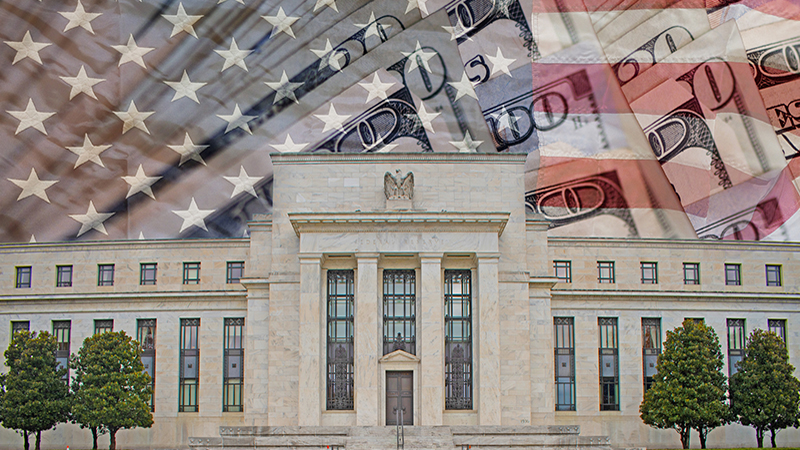“The prospect of an end to QE in the U.S has spurred markets to reassess the risk premium attached to risky assets. This has not been confined to the U.S – we have also seen it Europe and in emerging markets.
“People are questioning whether the monetary taps will be turned off next year and speculating that U.S interest rates could start to rise. The prospect of this happening has made investors reassess and re-price risk.
“We view this as a positive development. There have been 35 new high yield issuers this year and some 110 new issues in total – amounting to about €40bn. High yield is a fast-growing asset class and demand has been very strong. But this demand has resulted in yields gradually coming down and spreads coming in.
“The high yield coupon range has been between the 6% to 8% range over the past decade*. But it has dropped a little recently and the small correction we have seen could be a sign that we will start to see coupons heading back towards this historic range. We believe that is good for high yield in the medium to long-term because the coupon is the biggest driver of returns. In the short-term, the correction has seen prices and fund NAVs fall, but a small amount of short-term pain is arguably worth it because it means the potential for greater overall gain will be increased.”
Covenant quality
Samson says another benefit of the re-pricing of risk could be an increase in the quality of high yield covenants.
“Because high yield has been in high demand, the market had begun to be perhaps too forgiving to some first time issuers, who were being allowed to come to market with less stringent debt covenants. There have been a few examples of change of control clauses – which allow an investor to sell a bond back at par plus one if the issuer is bought by another company – being written out of covenants. These had been replaced by ‘financing portability’ clauses, which do not offer investors the opportunity to sell the bond back in the case of a change of corporate ownership. This mean as an investor, if you buy one of these bonds, there’s a risk you don’t know who you will end up loaning money to.
“This is still relatively marginal. There has been only a handful this year – less than 10. I don’t expect it will become common practice; it is a symptom of the market being more forgiving towards new issuers in this environment. We would only consider investing in such a bond if we were compensated by a very attractive coupon. In a risk-off environment, these bonds are likely to trade below par and any new issues that seek to waive change of control clauses are more likely to be rejected by the market. Because we now may be entering a phase where higher coupons will be demanded by investors, we may see less of this and that is good for investors.”















